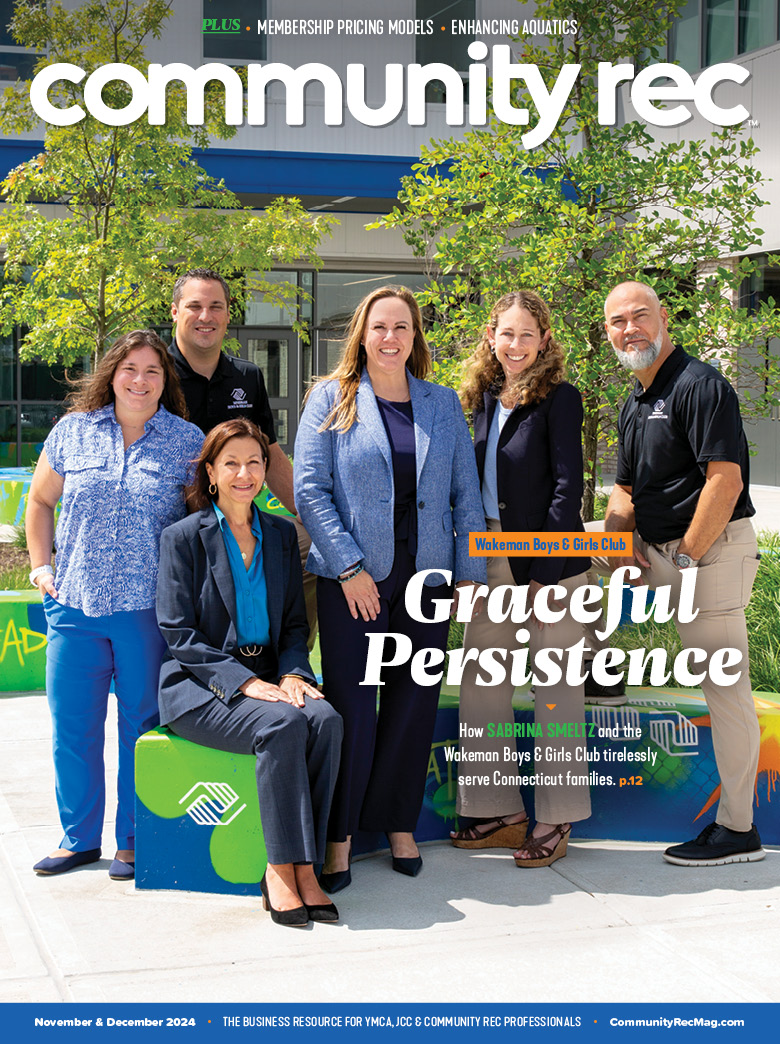Matt Ball, of Counsilman-Hunsaker, details how thorough research and analysis provides a road map for projects.
In the dynamic world of community recreation, the decision to embark on a new aquatics center project is a significant one. Whether considering renovating or replacing the facility, it’s undoubtedly a journey filled with anticipation, potential and ambiguity. Amidst the myriad of possibilities, there’s one essential service that can provide a beacon of clarity: the feasibility study. This essential tool not only provides a clear road map for your project, but also equips you with the confidence to make informed decisions, backed by thorough research and analysis.
Feasibility studies serve as a compass, guiding the community through the intricate process of aquatics center development. At their core, these studies are comprehensive assessments designed to evaluate the viability and sustainability of proposed projects. But their significance extends beyond mere financial projections. These studies are blueprints for success, illuminating the path forward with data-driven insights and strategic foresight. This empowerment allows owners and operators to make decisions with confidence.
One of the primary functions of feasibility studies is to assess the market demand for the proposed aquatics center. By analyzing demographic trends, community needs and competitive landscapes, these studies provide a clear understanding of whether sufficient demand exists to support the facility. This insight is invaluable for community facility owners and operators, helping them make informed decisions about resource allocation and long-term planning.
Particularly, these studies uncover the project’s financial viability, examining revenue potential, operating expenses and funding sources. With this information, stakeholders can accurately assess the project’s economic viability, mitigating risks and ensuring fiscal sustainability. Whether it’s securing funding from donors or obtaining grants, these studies provide the evidence needed to rally support and investment.
Beyond financial considerations, feasibility studies also evaluate the proposed aquatics center’s operational practicality. From staffing requirements to programming possibilities, they paint a vivid picture for bringing the vision to life. For community recreation professionals, this insight is invaluable, empowering them to design facilities that not only meet the community’s needs but thrive in the competitive marketplace.
Perhaps most importantly, these studies serve as reality checks, tempering enthusiasm with practicality. While the allure of a new aquatics center may be undeniable, the realities of budget constraints, regulatory hurdles and operational challenges must be addressed. This type of research provides a sobering assessment of these factors, helping stakeholders make informed decisions about the viability and scope of the project.
Investing in a feasibility study is more than just a prudent business decision — it’s a commitment to the long-term success and sustainability of the aquatics center. By harnessing the power of data and strategic analysis, communities can navigate the complexities of aquatics center development with confidence and clarity.
This commitment to long-term success provides a sense of security, knowing the project is built on a solid foundation. So, the next time you contemplate embarking on a new aquatics center project, remember the invaluable role feasibility studies play in charting the course to success.










